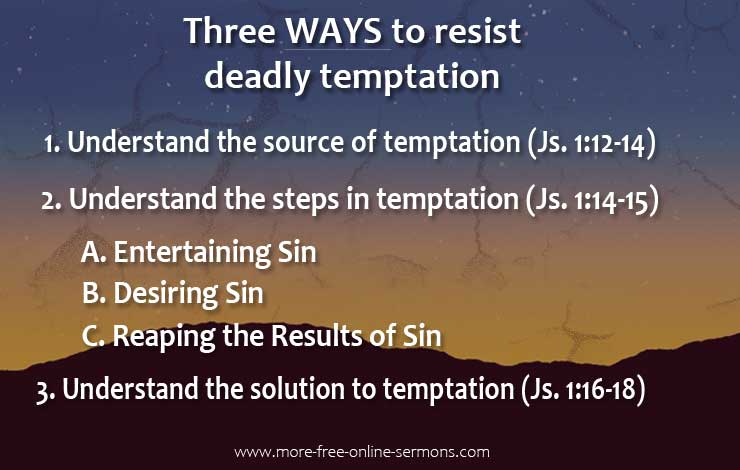What is deductive preaching? There are different methods you can use to tell your listeners what your sermon is about.
You can use the deductive method (tell your audience at the beginning what your sermon is about), the inductive method (tell your audience at the conclusion what your message is about) or a bit of both.

What is Deductive Preaching?
Personally, I was taught both inductive and deductive preaching. Moreover, I have preached deductive sermons with inductive elements and I have preached inductive sermons with deductive elements.
Nevertheless, for the purpose of this post, we will look at what is deductive preaching?
What is the Deductive Method of Preaching?
Once you understand the different methods of preaching, you will notice the deductive method instantaneously. The deductive method usually has an introduction, body (this is the sermon outline or main points) and conclusion.
It looks a bit like this: This morning I am going to talk about three ways to resist deadly temptation as we journey through life as Christians. This is the introduction to a deductive sermon.
The first way we can resist deadly temptation involves understanding the source of temptation. The second way we can resist deadly temptation involves understanding the steps in temptation. The third way we can resist deadly temptation involves understanding the solution to temptation.
This is the body (sermon outline or main points) of the sermon. The body of the sermon usually has three points. The main points are usually explained or expanded on with illustrations to clarify each point.
The conclusion of a deductive sermon usually reiterates the message of the sermon with its main points. Let us remember today that if we are going to resist the deadly temptations that we will face in our journey with Jesus, then we must understand the source of temptation, the steps in temptation and the solution to temptation.
Why Use the Deductive Method of Preaching?
The deductive method has several points that help preachers deliver the message of the sermon. It is easy to follow, logical and sequential, that is, it has a natural flow and people find that easy to follow and understand.
It also offers a way to structure points that requires expansion and explanation. For example, you may want to expand and explain the main point: the steps in temptation. The deductive method of preaching offers a way to do that by adding incidental points. We must understand the three steps in temptation but what are they? The three steps in temptation include entertaining sin, yielding to sin and reaping the consequences of sin.
How to Prepare the Deductive Sermon
To prepare a deductive sermon, you must remember the three parts – introduction, body (sermon outline or main points) and conclusion.
I start with the body of the sermon – I create the sermon outline and then put content to the sermon outline. Once of have finished the sermon outline, I write the introduction and the conclusion.
An Example Outline of a Deductive Sermon
In the following example, I have have divided the deductive sermon outline into three sub-points.
Under the second sub-point, I have developed three incidental point. I expanded the second sub-point in order to explain the three steps in temptation.
The first step is entertaining sin. The second step is desiring sin or yielding to sin. The third step is the consequences of sin or the results of sin.

Resource Material for What is Deductive Preaching?
Christ-Centered Preaching: Redeeming the Expository Sermon by Bryan Chapell
How To Preach Without Notes by Charles W. Koller
How To Prepare Bible Messages by James Braga